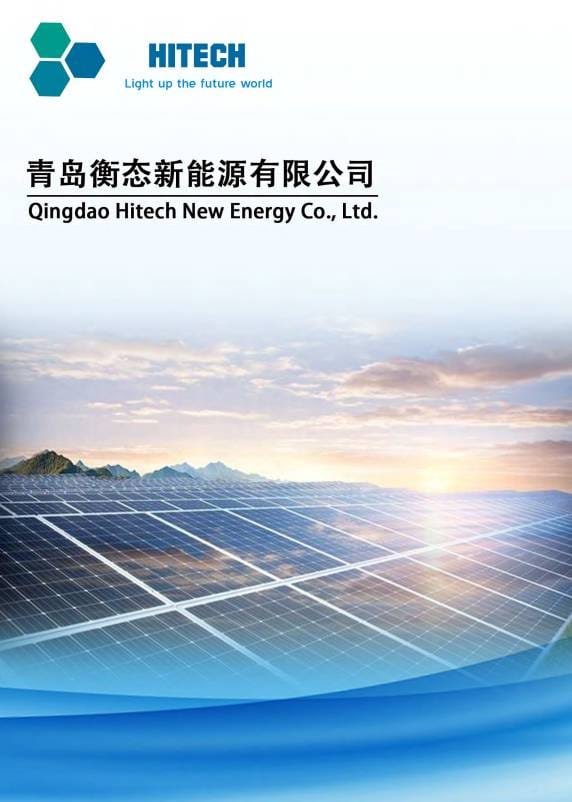Cities are getting smarter—and so is the lighting. Traditional street lights can’t keep up with rapid urban growth and sustainability goals.
Smart cities prefer all-in-one solar street lights due to their energy efficiency, ease of installation, low maintenance, sustainability, and compatibility with smart technologies.
Let’s explore why these lights are becoming the go-to choice for forward-thinking city planners.
What Are All in One Solar Street Lights?
Smart cities need smart solutions. Complicated street lighting systems no longer make the cut.
All-in-one solar street lights combine a solar panel, LED light, battery, and controller into a single, compact unit—making them easier to install and more efficient than traditional lighting systems.
Key Components
An all-in-one solar street light is a self-contained unit. Here's what it includes:
| Component | Function |
|---|---|
| Solar Panel | Converts sunlight into electricity |
| Battery | Stores energy for nighttime use |
| LED Lamp | Provides bright and efficient lighting |
| Controller | Manages charging, discharging, and smart functions |
What Makes Them Different?
Traditional systems involve:
- External panels and batteries
- Long cables
- Trenching for wires
- High maintenance
Split solar systems also separate the battery, which increases installation time and risk of damage.
All-in-one designs remove these complexities. They are:
- Compact
- Plug-and-play
- Easy to scale
Designed for urban resilience, they work even during grid failures or extreme weather.
Energy Efficiency & Sustainability?

Cities waste tons of energy just keeping lights on. Solar solves that.
All-in-one solar lights use clean solar power, slashing electricity costs and cutting carbon emissions—exactly what green cities need.
Solar Power = Smart Power
These systems generate and store their own energy. That means:
- No connection to the grid
- Zero electricity bills
- Independent operation in power outages
Sustainability at the Core
All-in-one solar lights support:
- Carbon neutrality
- Energy independence
- Clean technology adoption
Cities like Kigali and Nairobi are already switching to solar to meet global climate commitments.
Easy Installation and Zero Trenching?
Wiring roads is expensive and disruptive. But smart cities move fast.
These lights need no underground cables or electrical hookups. That means faster deployment and fewer installation headaches.
Benefits for Urban Development
- No trenching means no road damage or traffic blocks
- Lower labor costs
- Quick retrofitting in older districts
For growing cities in Africa, where infrastructure budgets are tight, this is a game changer.
Case Example:
A client in Uganda used all-in-one lights to retrofit a small town park. The entire job took 2 days instead of 2 weeks, with zero trenching and no electricians needed.
Low Maintenance and Long Lifespan?
More components usually mean more things that break. But not with these.
All-in-one systems are built with fewer parts and better protection, reducing the need for maintenance and increasing their life expectancy.
Built to Last
- Smart Battery Management Systems (BMS) prevent overcharging and deep discharging.
- Die-cast aluminum housing resists weather and vandalism.
- Sealed compartments keep water and dust out.
Many high-end models last over 8 years with minimal servicing.
Maintenance Comparison Table
| Feature | All-in-One Light | Traditional Light |
|---|---|---|
| Battery Life | 5–8 years | 3–5 years |
| Maintenance Frequency | Low | High |
| Risk of Cable Theft | None | High |
| Weatherproof Design | Integrated | External parts exposed |
Smart Lighting Controls and IoT Integration?

Smart cities thrive on data—and lighting is no exception.
Many all-in-one solar lights come with motion sensors, dimming schedules, and remote monitoring features, making them fully compatible with smart city ecosystems.
IoT Features Include:
- Motion Sensors: Lights turn on only when needed, saving energy
- Time-Based Dimming: Automatically dims during low traffic hours
- Remote Monitoring: Maintenance teams can check performance from a dashboard
- Wireless Communication: Units talk to each other and central systems
This kind of adaptive lighting improves both efficiency and user experience.
Scalability for Urban Growth?
Smart cities never stop growing—your lighting solution should grow too.
All-in-one solar lights are modular and scalable, allowing easy expansion across new city zones, streets, or parks.
Why It Works:
- Self-contained design means each light operates independently
- No need for centralized power systems
- Uniform design makes maintenance easier across districts
This makes them ideal for:
- Tech parks
- Smart campuses
- Urban redevelopment zones
Cost-Effectiveness in the Long Run?
They might cost more upfront—but do the math.
Without electric bills, cables, or frequent maintenance, all-in-one solar lights are cheaper over their lifespan than traditional options.
Cost Breakdown:
| Cost Item | All-in-One Solar | Grid-Powered Light |
|---|---|---|
| Installation | Low | High (cables + labor) |
| Operation | $0/month | Monthly electricity bills |
| Maintenance | Rare | Regular servicing |
| Lifetime Cost | Lower | Higher |
Extra Bonuses
- Many governments offer incentives or tax breaks for solar projects
- No trenching = no permit delays
Over a 10-year span, all-in-one lights typically save 40–60% on total costs.
Enhancing Public Safety and Aesthetics?

A smart city is a safe and beautiful city.
These lights provide steady illumination, deter crime, and keep streets visible—while blending into modern urban design.
Public Safety Wins
- Bright, reliable light reduces accidents
- Operates during blackouts
- No exposed wires reduces vandalism risks
Aesthetic Value
- Sleek, minimal design
- Can be customized in color or height
- Adds a modern vibe to city streets
When installed in parks or walkways, they elevate both form and function.
Use Cases: How Smart Cities Are Using All in One Solar Lights
This is not just a concept. Cities around the world are using them right now.
Common Applications:
- New Urban Districts: Installed as the first lighting infrastructure
- Smart Tech Parks: Support for adaptive and connected systems
- Parks and Pathways: Provide lighting where grid access is hard
- Off-Grid Communities: Bring lighting to underserved areas
- Emergency Zones: Useful during disasters or power loss
Cities like Lagos, Kigali, and Nairobi are already piloting large-scale solar lighting programs.
Conclusion
All-in-one solar street lights combine everything smart cities need—clean energy, smart tech, scalability, and reliability. As cities grow and grids struggle to keep up, these lights offer a forward-thinking solution that’s ready for today—and built for tomorrow.


